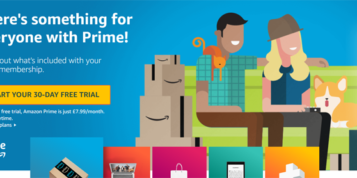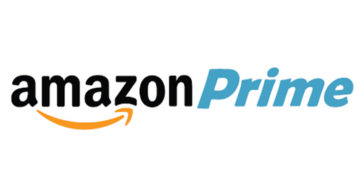What was originally the biggest, most profitable shopping day of the year for US retailers, has become a worldwide phenomenon. Black Friday, a mainstay in US culture for decades that marked the start of the holiday season, didn’t arrive in the UK until 2010 when e-commerce giant Amazon promoted a range of discounts to consumers. Britain has been hooked ever since.
The shopping extravaganza now fires the starting gun for holiday shopping across the globe, with retailers battling it out to offer the best deals and attract the most shoppers. Thanks to the burgeoning power of e-commerce, sales growth increases year-on-year, with the UK leading the way outside the US, spending an estimated £7.8 billion between Black Friday and Cyber Monday in 2017. Competition is hotter than ever, and retailers need to ensure their activation is on point.
Why should brands join the Black Friday bandwagon?
The anticipation and shopper excitement surrounding Black Friday is the perfect occasion to generate significant sales across a limited four-day weekend event. However, it is important to be aware of the implications that discounting can have on ongoing pricing and long-term profitability. Brands need to ask themselves; why are they taking part in the event? And what is the objective of each deal? Are they generating truly incremental sales? Does the event present an opportunity to bring new users into the brand or product category? Can it be utilised to kickstart a slow-moving product to maintain a listing? Or up-sell people into a premium product? It’s not a decision to be taken lightly.
So, what do brands need to do to win Black Friday?
Running a deal only, without activation around it, risks failing in its objective, not selling out at a rate retail partners will see as successful or selling only to those who were already going to buy the brand. Creating a holistic activation plan that utilises shopper-focused content and media will help ensure objectives are delivered on.
Brands should start by defining the audiences that are most likely to drive their objectives. Next, map the shopper journey, uncovering insights on behaviour, key touchpoints and any barriers that potentially make it difficult for shoppers to buy from the category and brand.
Most retailers offer a variety of media options for reaching shoppers. However, some are more sophisticated than others. Amazon, with its wealth of data, is an example of a retailer who can offer opportunities to reach shoppers across the entire shopper journey, both in the lead-up to and during the four-day weekend running from Black Friday and Cyber Monday. The e-commerce giant recently restructured its advertising product ecosystem, which is well suited to the occasion.
Amazon’s Sponsored Ads allow brands to target consumers as they search for products, aiding in the discovery process, when shoppers are actively engaged in the shopping process. Amazon DSP helps brands reach their intended audience programmatically within Amazon sites and devices, as well as through Amazon’s publishing partners. A variety of targeting goals can be achieved, from those considered in-market, having previously browsed a category, through to lifestyle segments who might be at the earliest stages of the shopper journey.
Amazon Stores offer a fully branded shopping experience, enabling the creation and curation of multi-page websites within the etailer’s website, with customisable features that can aid in telling a brand’s story; through text, image and video, all wrapped up under a branded URL. This provides an ideal place to send shoppers from media used in the earlier stages of the shopper journey. The stores’ analytics suite monitors shopping behaviour, allowing brands to track ad performance both within and beyond the Amazon ecosystem.
It isn’t all about Amazon or retailer’s media offerings. Take a leaf out of Deadpool’s book – deploying a campaign across multiple platforms, relevant to their objectives and target audience. In many categories, such as fashion for example, social platforms, including Facebook and Instagram, are increasingly used in the discovery stages of the shopper journey, with shoppers actively seeking out inspiration and recommendations. According to Facebook IQ, 52% of UK fashion consumers research products on Facebook and Instagram. Not only that, but they use social media when considering a purchase, with a brand’s own channels and output ranking high in their purchasing decision process.
Remember that a consistent, unified creative platform is crucial to ensuring a brand is thought of at the point of purchase. However, this doesn’t mean ‘matching luggage’ at every touch-point. The role of the touch-point in the shopper journey will determine what is a priority creatively. Carefully planning all media and content assets that are expected to be used ahead of time allows brands to optimise the journey and deliver on their objectives.
And finally, just because the event is deal-driven doesn’t mean that is all a brand should be aiming for. Creating content that connects a brand’s products, creates opportunities for audiences to identify and learn more about the brand’s wider offering.
With e-commerce going from strength-to-strength, Black Friday and Cyber Monday sales show no signs of slowing down. The four-day weekend event provides great opportunity to increase brand awareness and consumer engagement, but competition is fierce. Diving in with discounts void of an activation plan can be disastrous. Brands need to seize the channels that can help them convert their targeting goals through content and media that deliver the brand narrative and cut through the noise.





